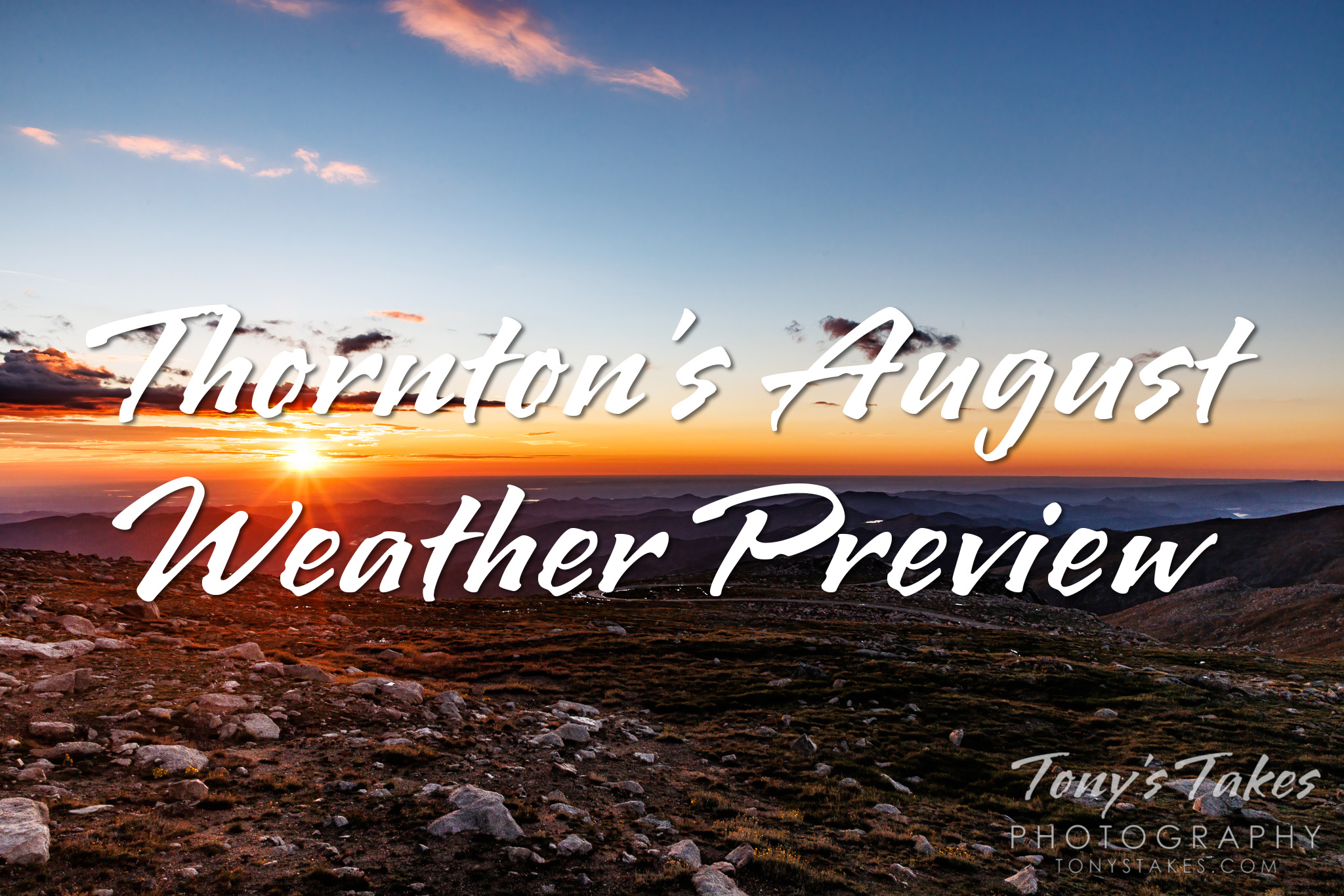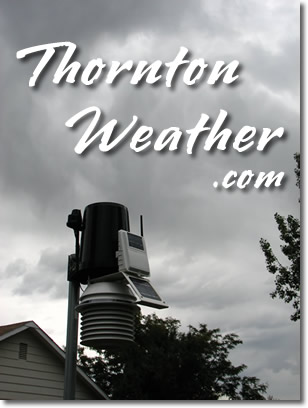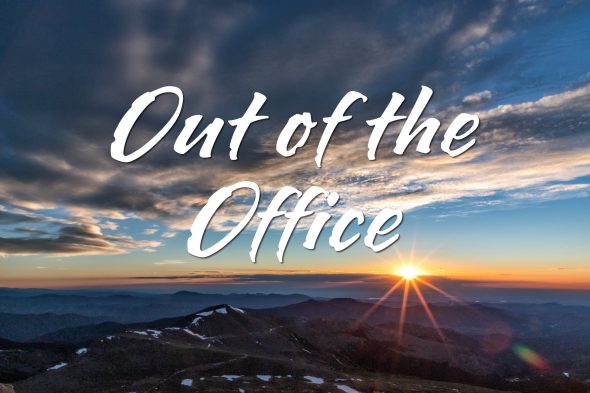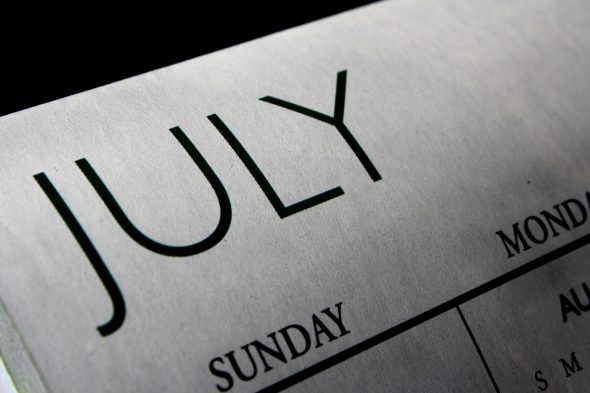
Certainly, in our minds, July 2024 was a very warm one as it seemed like the 90+ degree days just kept on coming. Average temperatures did come in a good bit above normal. Precipitation wasn’t anything extraordinary and while it ended up close to average, the last half of the month was quite dry.
High pressure was the dominating force for the majority of the month with only intermittent breakdowns of the ridge. As a result, overall hot and dry conditions were the general rule. There were, however, just enough effects from some cold fronts to keep average temperatures relatively in check.
The last 10 days saw only one day with precipitation leading to dry conditions across the Colorado Front Range. This resulted in numerous wildfires in the foothills and smoke blanketing the area for several days.
Thornton’s average temperature for the month was 74.9 degrees. This was a good bit warmer than our running 18-year average for the month of 73.8 degrees. This made July 2024 the sixth warmest July over that period. Temperatures ranged from a maximum of 102 degrees on July 12th down to a low of 50.7 the morning of the 4th.
The Mile High City, as measured at Denver International Airport, came in a good bit warmer with an average mercury reading of 75.7 degrees. This was just a bit above Denver’s long term July average of 75.1 degrees. Denver set record highs on the 12th and 14th (102 and 101 degrees respectively) and tied the record high of 99 degrees on the 29th.
In terms of precipitation, Thornton received 1.74 inches during the month. Nearly half of that coming over two days on the 20th and 21st (0.80”). The total fell short of our running average for the month of 1.95 inches.
Denver’s official rainfall total for the month came in at 1.10 inches. This was well below the city’s July average of 2.14 inches.
Click here to view Thornton’s complete July 2024 climate summary report.

















































 Extreme weather can occur during in month in Colorado we well know. June however is when traditional spring severe weather arrives in the state oftentimes with hail, damaging wind and tornadoes.
Extreme weather can occur during in month in Colorado we well know. June however is when traditional spring severe weather arrives in the state oftentimes with hail, damaging wind and tornadoes.







































































